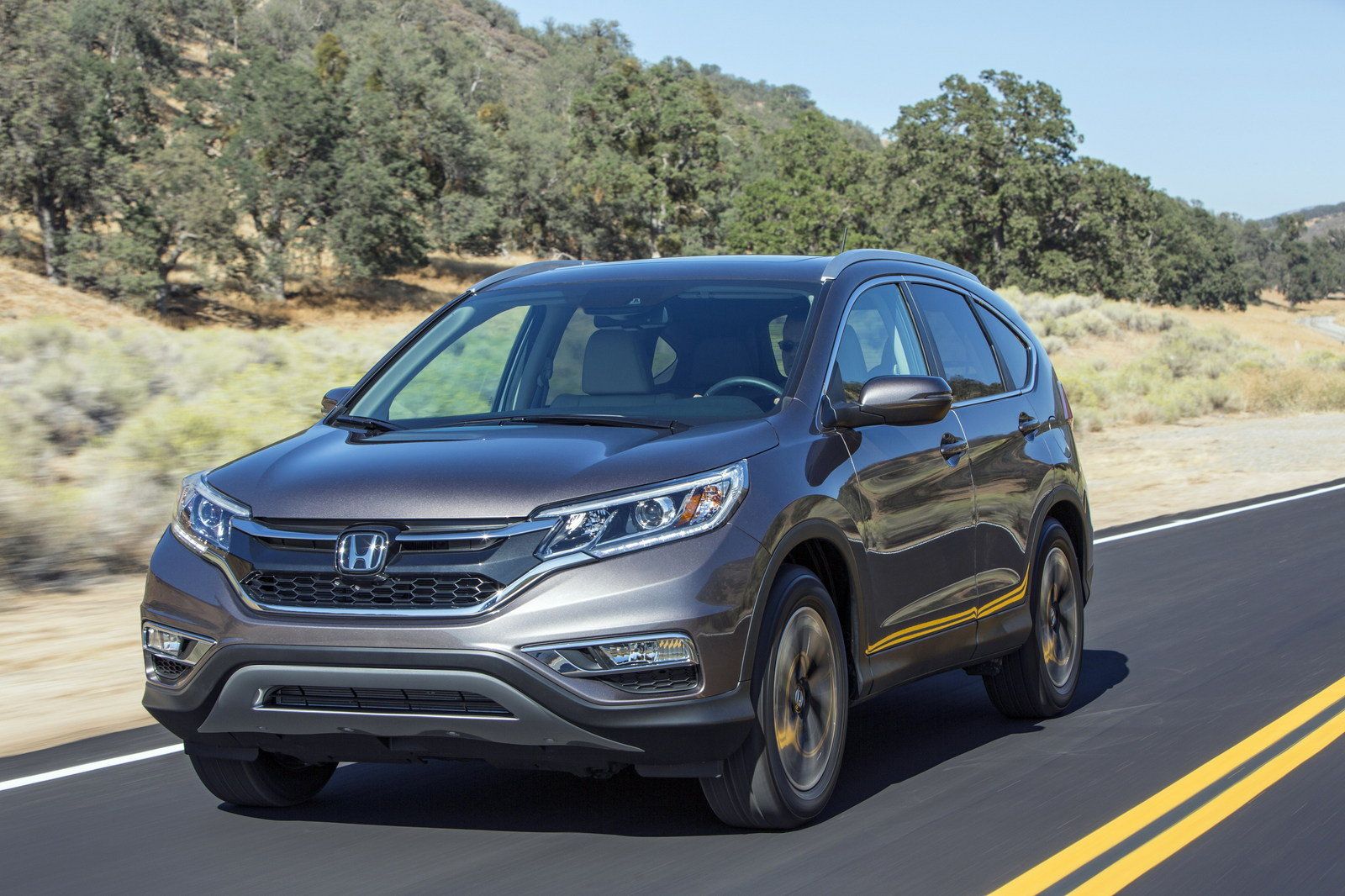The 2015 and 2016 Honda CR-V models have long been lauded for their practicality and reliability, but beyond just their space and comfort, one must delve into the realm of fuel efficiency. In a world grappling with climate change and the pressing need for sustainable transportation, understanding the miles per gallon (MPG) these vehicles boast is crucial. Analyzing the CR-V’s efficiency not only reveals how these vehicles contribute to ecological sustainability but also how they can influence consumer choices towards more responsible ones.
With the 2015 and 2016 Honda CR-V, Honda introduced a focus on fuel efficiency that resonates deeply with current environmental priorities. These models are equipped with a 2.4-liter inline-four engine, producing a commendable 185 horsepower. The engineering prowess exhibited in these vehicles does not just enhance performance but significantly affects fuel economy. The EPA-rated mileage stands at approximately 26 miles per gallon in the city and an impressive 33 miles per gallon on the highway. This sort of efficiency encapsulates the epitome of what many consumers seek in a compact SUV.
In practical terms, let us examine the ramifications of the CR-V’s fuel efficiency. A vehicle that can deliver 33 MPG on the highway signifies not merely a reduction in fuel consumption but also a noticeable decrease in greenhouse gas emissions. As more drivers choose vehicles like the CR-V, the collective impact can lead to a substantial reduction in carbon footprints. Thus, the choice of a vehicle extends beyond individual benefits; it can become part of a larger movement towards environmental stewardship.
Moreover, considering the cost implications of such efficiency, one must acknowledge the economical advantages for consumers. When determining the total cost of ownership, fuel efficiency plays a pivotal role. For many households, fuel expenses represent a significant portion of monthly budgets. The Honda CR-V’s impressive MPG can lead to substantial savings over time, alleviating financial pressure while also promoting a lifestyle that prioritizes the planet’s health. A vehicle that offers both savings and a reduced environmental impact presents a unique opportunity for conscientious consumers.
To the uninitiated, such statistics might seem abstract, but they translate into real-world benefits. Think about the impacts of driving a vehicle that consumes less fuel—fewer trips to the gas station, less money spent on fuel, and a greater sense of responsibility towards the environment. This shift in perspective is particularly important in an era where climate change discussions dominate public discourse and personal accountability is increasingly recognized as a societal obligation.
The dynamics of fuel efficiency in these models also reflect broader industry trends. As manufacturers strive to mitigate their environmental impact, consumers are responding by prioritizing vehicles that embody sustainability. The CR-V appeals to this demographic, manifesting the idea that environmental responsibility need not come at the cost of comfort or practicality. By marrying efficiency with a spacious interior and flexibility, Honda has effectively carved out a niche that caters to eco-conscious families and individuals alike.
Delving deeper into the specifications, both the 2015 and 2016 CR-V models integrate continuously variable transmission (CVT) technology, which plays a critical role in optimizing fuel efficiency. This system allows the engine to operate at its most efficient RPM range, thereby consuming less fuel in diverse driving conditions. This innovation not only enhances the driving experience but also aligns with the pivotal objectives of reducing fuel usage and enhancing the vehicle’s overall efficiency.
While the CR-V shines in its MPG ratings, one must also consider the environmental implications of production and lifecycle. The production process for any vehicle has its own environmental costs, but many manufacturers, including Honda, are taking strides to mitigate these impacts by utilizing more sustainable materials and processes. As consumers, it is essential to explore how vehicles like the CR-V fit into the broader context of sustainability—not just in terms of fuel efficiency but also in the ethos of production and end-of-life disposal or recycling.
In conclusion, the Honda CR-V models from 2015 and 2016 exemplify an important shift towards more efficient, eco-friendly vehicles. Their commendable miles per gallon performance underscores a proactive approach to addressing both consumer needs and environmental challenges. By choosing such efficient models, individuals can express their commitment to sustainability while enjoying the myriad advantages that these vehicles have to offer.
As one contemplates the varying facets of vehicle ownership, it becomes apparent that efficiency is not merely a number on a sticker or a feature to tout; it is a critical aspect that reflects a driver’s values and priorities towards the planet. The decision to drive a fuel-efficient vehicle like the Honda CR-V is a testament to the realization that personal choices can and do contribute to global impacts. In navigating the complexities of modern climate change, may the choices we make be driven by thoughtful consideration for both our needs and the world around us.
